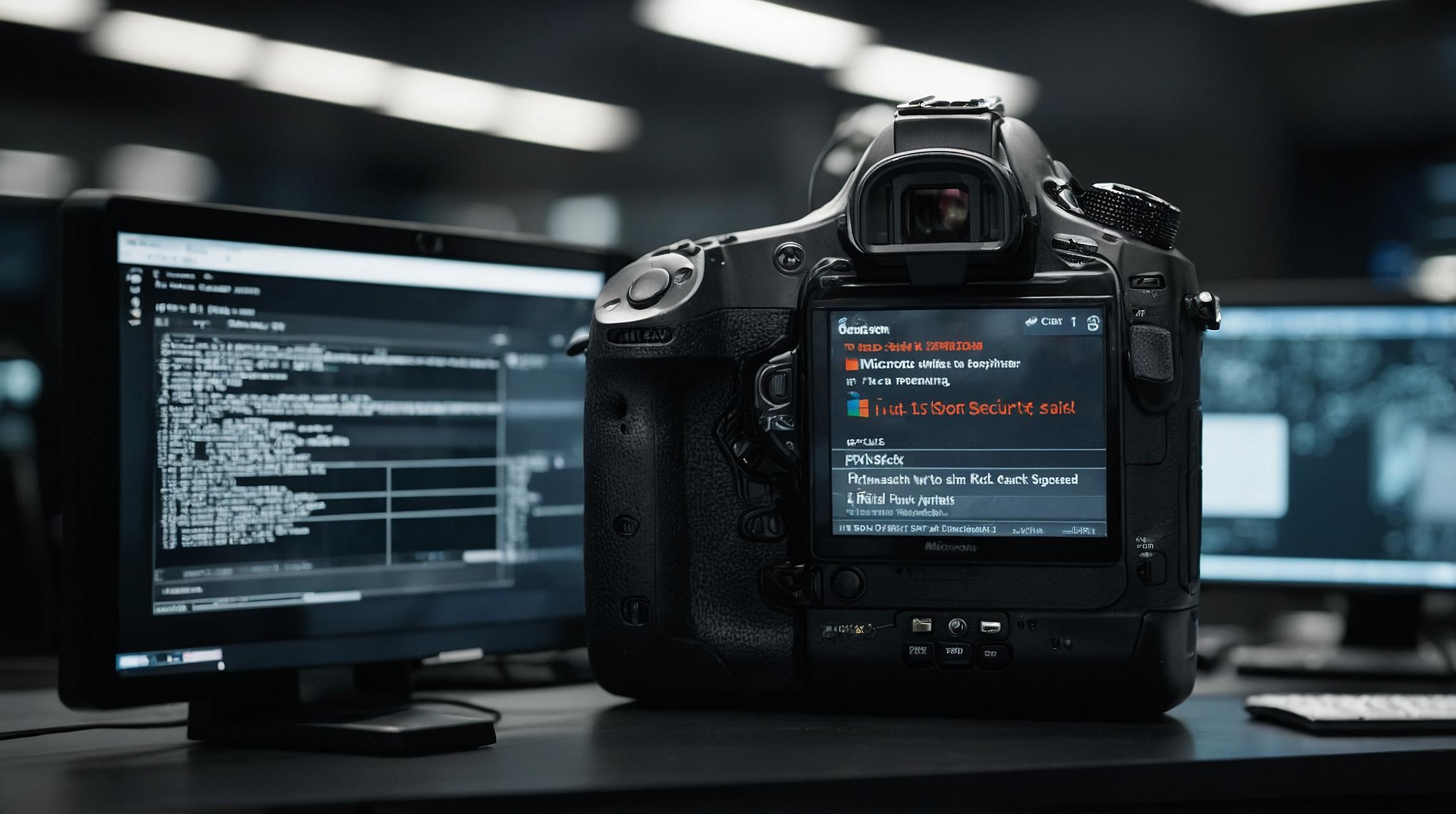The Importance of Inclusive Design in Technology
Inclusive design in technology is becoming increasingly important as society continues to rely heavily on digital platforms and technology. It is crucial to ensure that these technologies are accessible to all users, regardless of their abilities or disabilities. Inclusive design aims to eliminate barriers and provide equal opportunities for everyone. By considering the diverse needs of users, inclusive design promotes a more inclusive society, fostering diversity and respecting the rights of all individuals.
Identifying Strengths: Inclusive Design for Accessibility
One of the key strengths of inclusive design is its ability to improve accessibility for all users. By incorporating features such as alternative text for images, captions for videos, and adjustable font sizes, technology becomes more inclusive and usable for individuals with visual impairments. Moreover, inclusive design also benefits individuals with hearing impairments by providing closed captions or transcripts for audio content. These accessibility features enhance the overall user experience and ensure that technology is more accessible to a wider range of users.
Opportunities for Inclusive Design in Technology
There are numerous opportunities for inclusive design in technology. With advancements in artificial intelligence and machine learning, there is great potential for the development of assistive technologies that can cater to the needs of individuals with disabilities. For instance, voice recognition technology can be used to facilitate hands-free interaction, making technology more accessible for individuals with motor impairments. Additionally, virtual reality and augmented reality can be utilized to create immersive experiences that simulate different environments, promoting understanding and empathy towards individuals with disabilities.
Addressing Weaknesses: Improving Accessible Technology
Despite the progress made in inclusive design, there are still areas that need improvement. One weakness is the lack of awareness and knowledge among designers and developers regarding accessibility guidelines and best practices. It is essential to educate and train professionals in the field to ensure that they have the necessary skills and knowledge to create inclusive technologies. Furthermore, the cost of incorporating accessibility features can be a barrier for smaller companies or startups. Encouraging accessibility standards and offering incentives or subsidies can help address this issue and make inclusive design more feasible for all.
Threats to Inclusive Design: Challenges in Accessibility
One of the main threats to inclusive design is the rapid pace of technological advancements. As new technologies emerge, designers and developers must ensure that accessibility is considered from the outset. Failure to do so can result in exclusion and marginalization of individuals with disabilities. Additionally, the lack of standardized accessibility guidelines across different platforms and devices poses a challenge for inclusive design. To address this, there is a need for collaboration among stakeholders, including technology companies, accessibility experts, and policymakers, to establish and enforce consistent accessibility standards.
In conclusion, inclusive design in technology plays a vital role in ensuring accessibility for all users. By identifying the strengths and opportunities, addressing weaknesses, and tackling threats, we can make significant progress towards creating a more inclusive digital landscape. Inclusive design is not only a moral imperative but also a business opportunity, as it opens up new markets and expands the reach of technology to a broader range of users. By embracing inclusive design principles, we can create a more accessible and inclusive future for all.













